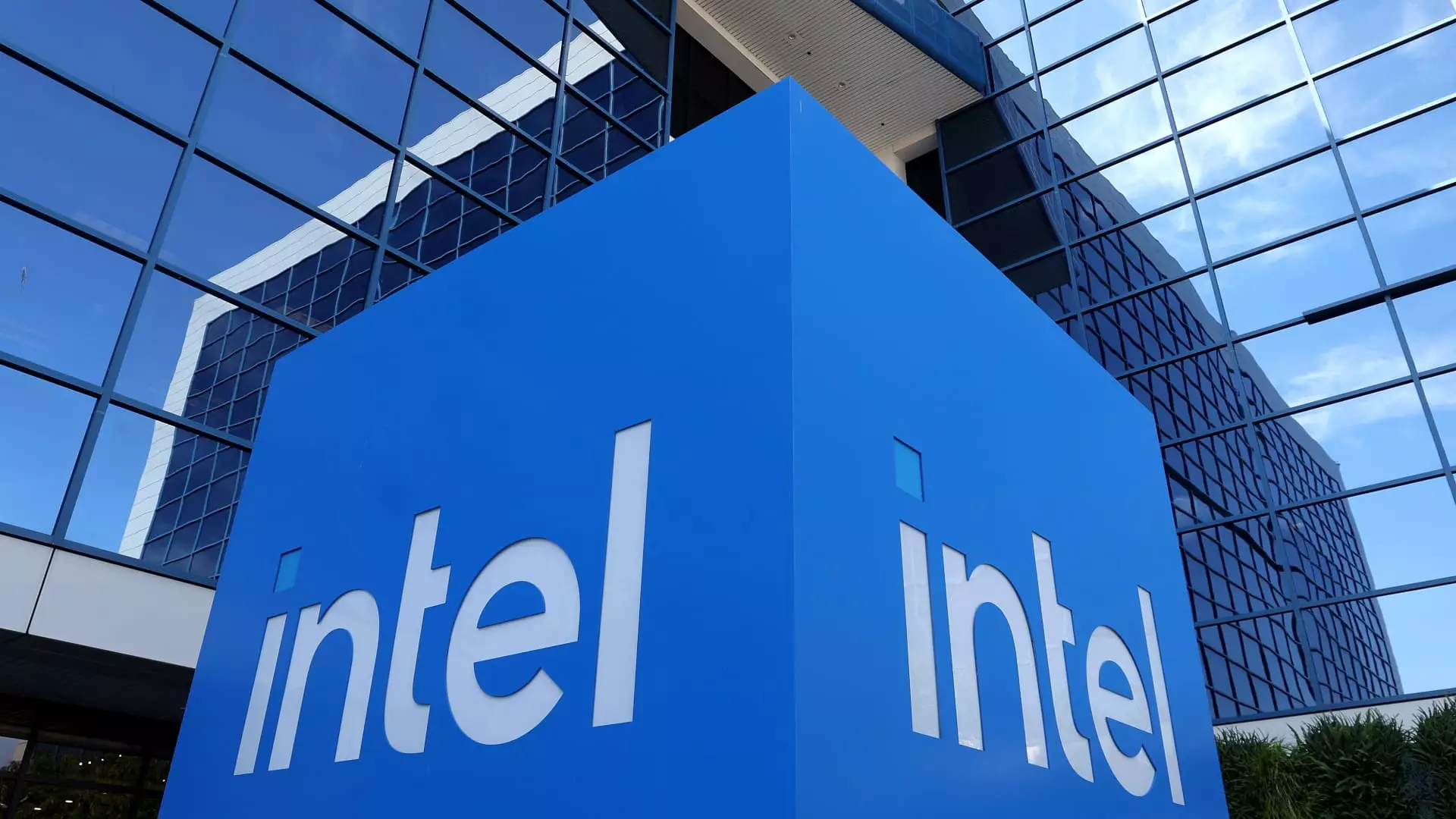This week’s record-breaking highs across Wall Street’s major indices—S&P 500, Nasdaq, and Dow Jones—are being cast as signs of strength, confidence, and resilience. However, beneath this seemingly robust optimism lies a troubling narrative: the market is teetering on the edge of overvaluation. The recent surge, driven by overly optimistic sentiment fueled by positive inflation data and hopes of an imminent Federal Reserve rate cut, masks underlying vulnerabilities. While investors rejoice in what appears to be a bull market resurgence, inflation’s persistent distortion and overreaction to central bank signals suggest this rally might be less sustainable than it appears. The fact that stocks like eBay, Intel, and Incyte are flashing overbought signals reveals a market that is increasingly disconnected from economic fundamentals, raising questions about the durability of this upward momentum.
Technical Indicators Are Not Foolproof, but They Are Telling
One of the most telling signs of potential trouble is the 14-day Relative Strength Index (RSI), which classifies stocks above 70 as overbought—implying they could soon suffer a correction. eBay, with an RSI of 77, and Intel, at 71.3, exemplify this overextension. Despite their impressive recent gains, these companies’ valuations are likely inflated by speculative fervor rather than genuine business growth. eBay’s 62% year-to-date increase and Intel’s stunning 23% weekly surge—its best in decades—are warning signals rather than triumphs. Investors should heed the lessons of history: markets that run too hot often cool down faster than expected, especially when driven by sentiment and hype rather than solid fundamentals.
Furthermore, relying solely on technical metrics like RSI can be dangerous. Stocks can remain overbought longer than anticipated, especially in a manipulated environment where narrative and perception often overshadow reality. Overbought conditions serve as caution flags, not automatic sell signals. Yet, their persistently elevated RSI levels suggest a coal mine ready to explode under the weight of mounting technical pressure if underlying economic realities do not justify the exuberance.
Wall Street’s Recent Pick: Overhyped or Overdue?
E-commerce bellwether eBay’s rally, fueled by an optimistic earnings forecast, is a textbook example of how narrative-driven optimism can distort valuation. An 8% weekly gain and remarkable year-to-date return point to a stock that’s perhaps riding a wave of momentum, but one that may soon face reality checks if growth stalls or macroeconomic conditions shift. Similarly, Intel’s rally—sparked by speculation of government intervention—reveals how geopolitics and government initiatives can temporarily distort stock prices. Yet, beneath the surface, the fundamentals remain fragile. Despite the excitement, 39 of 46 analysts rate Intel a hold, underscoring that many experts remain unconvinced of the company’s long-term prospects, especially in a highly competitive semiconductor landscape.
Meanwhile, Incyte’s 11% weekly rise on favorable upgrades and vaccine optimism demonstrates how biotech stocks can be manipulated by short-term catalysts, masking their underlying risks. Investors should remain skeptical of these surges, understanding that such catalysts are often fleeting and may not sustain the current valuations.
Perhaps Too Much Optimism, and Not Enough Caution
The recent market exuberance seems disconnected from reality. While central banks’ signals and economic data provide a narrative of recovery, they also foster complacency. A market that is overbought on technical metrics and buoyed by speculative enthusiasm often sets the stage for a quick correction. Especially in the context of a challenging economic environment marked by persistent inflation, geopolitical tensions, and shifting policy signals, exuberance can quickly give way to disappointment.
For the center-right investor—one who balances optimism with skepticism—these scenarios demand caution. It’s a dangerous game to chase after stocks that appear to be “hot,” especially when their valuations ignore the risks of inflation, political uncertainty, and technological disruptions. The recent rally may feel empowering, but it is ultimately fragile, driven more by market psychology than by economic fundamentals.
In our current environment, investors must question whether overbought stocks like eBay and Intel are signs of a resilient market or symptoms of a bubble waiting to burst. History teaches us that markets driven by overconfidence and speculation don’t just slow down—they often crash unexpectedly. Staying vigilant to technical signals and maintaining a skeptical outlook is essential if we are to avoid being caught off guard by an inevitable correction.


Leave a Reply